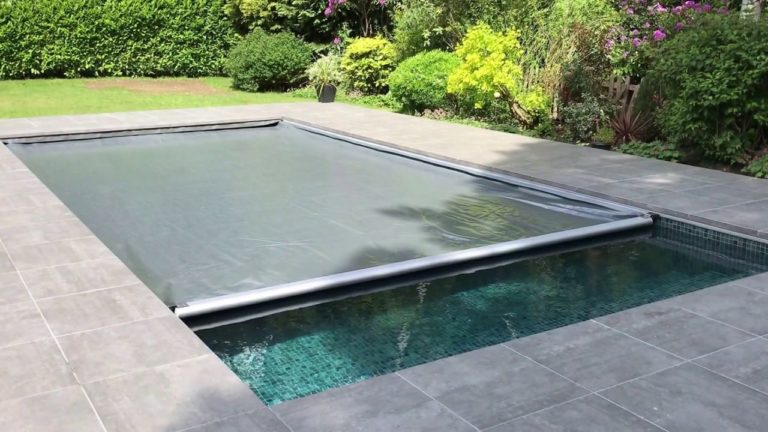

examine the tracks and track pulleys for signs of wear and tear and.study the housing lid, looking for interference with the vinyl cover.inspect the pool cover and webbing for signs of deterioration.check the pool water level to see if it is particularly high or low.examine the surface of the pool cover for debris, such as leaves or water.inspect the touch pad or key switch to ensure power is on.When entering the pool area, technicians should walk around the entire pool cover and perform the following tasks: More often than not, the quick-fix approach will only address the symptom of the problem, not the underlying cause. Operating the cover before evaluating the site might cause further damage to the system. In those early moments, service technicians should focus less on hurriedly getting the problem fixed and instead take an investigative approach before handling any equipment. Service professionals must take it upon themselves to do a thorough on-site assessment at the job site to identify the problem and provide solutions, likely without much help from the pool owner.Įvery service request must start off with a five- to 10-minute evaluation of the entire pool cover site. Most service requests from pool cover owners amount to, “My cover doesn’t work, please come over and fix it.” Obviously, this type of call doesn’t provide much insight into the problem or help diagnose the issue. This unanticipated service can fall under two categories, electrical or mechanical. Some of these maintenance issues are foreseeable - small wear and tear or general upkeep issues, for example. However, as with any piece of equipment, the system requires maintenance at some point.

In general, automatic pool covers are quite reliable.


 0 kommentar(er)
0 kommentar(er)
